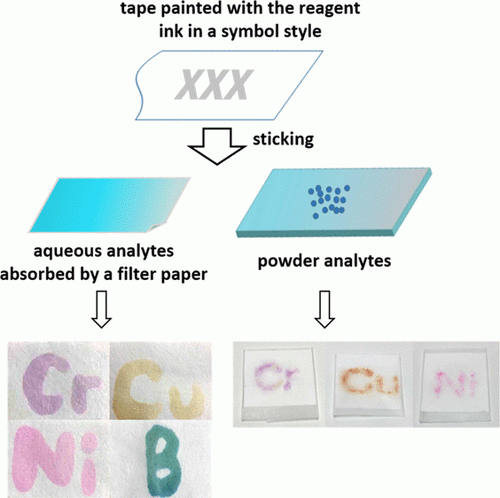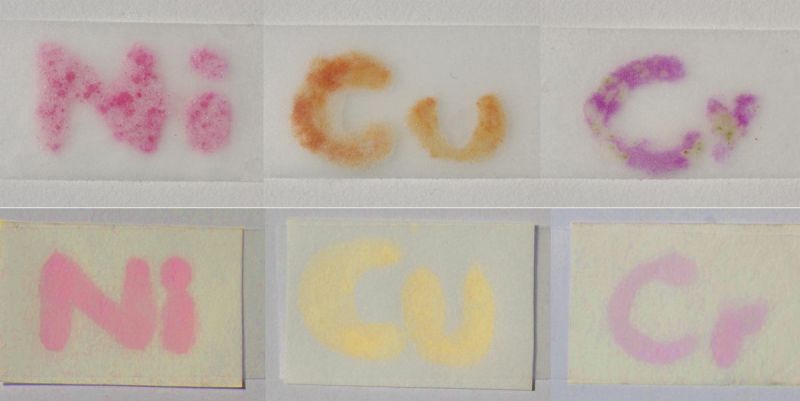Low-Cost Chemical-Responsive Adhesive Sensing Chips
Published on by Water Network Research, Official research team of The Water Network in Academic
To improve dipstick diagnostic and environmental tests, just add tape
Simple paper-strip testing has the potential to tell us quickly what’s in water, and other liquid samples from food, the environment and bodies — but current tests don’t handle solid samples well.
Now researchers have developed a way to make these low-cost devices more versatile and reliable for analyzing both liquid and solid samples using adhesive tape. They report their approach in the journal ACS Applied Materials & Interfaces.

Via ACS
One of the best-known examples of a paper dipstick test is the home pregnancy test, which detects the presence of a particular hormone in urine. Pregnancy tests are known to be accurate, but many other paper-based sensors are not as reliable. Liquid samples can push the color indicator off the paper or outward toward the edges of the readout, making the results inaccurate or harder to read.
When it comes to testing anything solid, such as food or soil, samples need to be processed into a liquid form. Wei Shen and colleagues wanted to address these limitations and expand paper-based sensor applications to analyze solids.
To test either liquid or solid samples, the researchers turned to the same household staple many of us use to repair a torn book page or affix a photo to a piece of paper: adhesive tape. The team drew chemical symbols onto the tape using indicator “inks” that change color when they react with specific substances, such as copper and chromium.
The low-cost sensor, which the researchers dubbed “chemical responsive adhesive tape,” or CAT, changed color and revealed the chemical symbols in response to solid heavy metal salts in a powder and metal ions in solution. Additionally, when paired with paper-based sensors, CAT could detect heavy metal ions in water, without displacing the indicator ink. The researchers also showed that the sensor could be used to detect proteins in solution.
The authors acknowledge funding from the Chinese Scholarship Council, the Australian Research Council Discovery Program and the Zhejiang International Science and Technology Cooperation Project.
Source: ACS
Access paper here

The chemical symbols for heavy metals appear when a new low-cost,
tape-based sensor detects them in water or powder.
Credit: American Chemical Society
Media
Taxonomy
- Treatment
- Treatment Methods
- Quality
- Monitors
- Water Quality
- Monitoring & Control